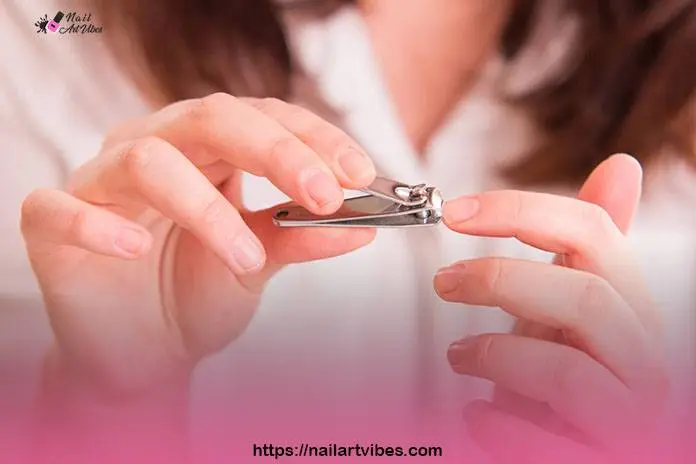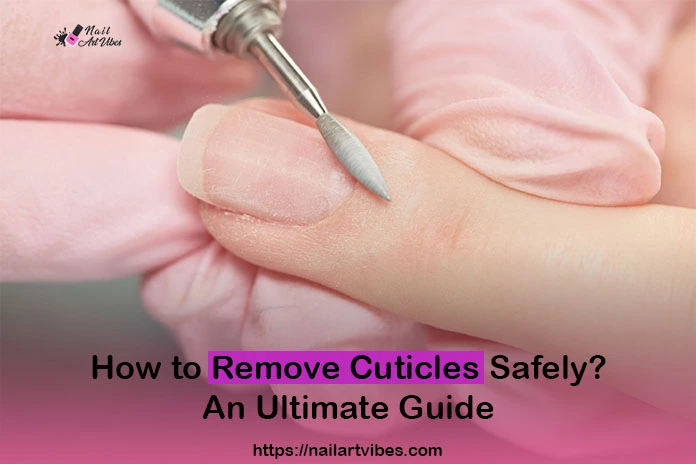How to Clean Nail Stampers & Nail Stamping Plates Properly

Welcome to the ultimate guide on how to clean your nail-stamper, the essential tool for stunning manicure art designs! A clean stamper ensures precise patterns every time.
This comprehensive guide will walk you through cleaning rubber, silicone, and clear stampers using acetone, sticky tape, lint rollers, and household items.
Avoid common mistakes that could damage your stampers and compromise your mani art results.
Regular maintenance is vital for picture-perfect manicures without smudging. Elevate your stamping game by mastering the art of cleaning your nail-stamper.
Let’s dive in and unlock the secrets to immaculate and impressive manicure art!
Understanding Nail Stamper & Nail Stamping Plates
Nail stampers and stamping-plates are crucial tools in manicure art, allowing easy creation of intricate designs.
The nail stamper, available in silicone, rubber, or clear materials, transfers patterns from stamping-plates to the nails.
Stamping-plates feature a variety of designs, from floral to geometric patterns, sparking endless creativity. To use them, apply polish on the plate, scrape off excess, press the stamper onto the design, and transfer it to the nail.
Regularly cleaning the stamper and plates is essential for maintaining their performance and longevity. With practice, these tools help achieve stunning and professional art designs.
Importance of Cleaning Your Nail Stamper and Stamping Plates
Cleaning your stamper and stamping plates is of utmost importance in the world of manicure art for several compelling reasons.
- Maintaining Performance: Regular cleaning ensures that the stamping surfaces remain free from dried polish and residue, allowing the stamper to pick up and transfer designs smoothly and accurately.
- Preventing Contamination: By cleaning between uses, you prevent mixing different polish colors, avoiding unwanted blending and muddled designs.
- Extending Lifespan: Proper cleaning helps prevent damage to the stamping heads and plates, increasing longevity and saving you money in the long run.
- Achieving Crisp Designs: Clean stampers and plates ensure precise patterns, reducing the chances of smudging and creating crisp, professional-looking nail art.
- Avoiding Nail Polish Build-up: you need to clean extra polish onto your nail stamping plate’s crevices, ensuring even distribution of polish during the next use.
- Promoting Hygiene: Keeping your tools clean promotes good nail hygiene, preventing the transfer of bacteria and potential nail infections.
By incorporating regular cleaning practices into your nail art routine, you’ll enhance the performance and lifespan of your stamper and stamping-plates while elevating the overall quality of your nail art creations.
Step-by-Step Guide to Clean Your Stamper
Follow these step-by-step instructions to effectively clean your nail stamper’s head:
- Gather your supplies: Acetone or nail polish remover, lint-free wipes or cotton pads, a clean brush (e.g., soft toothbrush or nail brush), and a clean cloth.
- Remove excess polish: Use a lint-free wipe or cotton pad soaked in acetone to gently remove any residual polish from the stamping head. Take care not to damage the stamper or alter its shape.
- Clean the stamping head: Dip the brush into acetone and gently scrub the stamping head, ensuring you clean both the top and bottom sides. This removes any remaining nail paint residue or dust particles.
- Dry the stamper: Pat the stamping head dry with a clean cloth until it is completely dry. Moisture can affect the adhesion of the nail paint, so ensure it is thoroughly dry before using or storing it.
- Clean the handle: Clean the handle of the nail-stamper with a damp cloth or disinfecting wipe to remove any oils or residue that may have accumulated during use.
- Store it properly: Store your nail-stamper in a clean, dry place away from dust and direct sunlight to maintain its cleanliness and functionality.
Do not use scrapers it can damage your stamper. Remember that practice makes perfect cleaning done. Try cleaning repeatedly so you could learn how to do it properly.
Guide for Cleaning Nail Stamping Plates
Cleaning your stamping-plates is a simple yet essential task to ensure their longevity and maintain the quality of your stamping designs. Follow this step-by-step guide to keep your stamping plates in tip-top condition:
- Gather Your Supplies: Prepare a lint-free cloth or paper towel, cotton pads, and acetone or stamping polish remover.
- Remove Excess Polish: After each use, use a lint-free cloth or paper towel to clean off any excess nail polish from the stamping-plate. This prevents the polish from drying and clogging the plate’s intricate designs.
- Soak in Acetone: Pour a small amount of acetone into a container and place the stamping-plate in it. Allow it to soak for a few minutes, loosening any stubborn polish.
- Gently Scrub: Use a cotton pad or a soft nail brush to gently scrub the stamping-plate, removing any remaining polish. Be cautious not to scrub too hard, especially if the plate has delicate etchings.
- Dry and Inspect: Once the plate is clean, pat it dry with a clean cloth or paper towel. Inspect it closely to ensure no polish residue remains.
- Store Properly: To prevent scratches and damage, store your stamping-plates in a protective sleeve or organizer, away from direct sunlight and extreme temperatures.
By following these easy cleaning steps after each use, your nail stamping-plates will stay in excellent condition, allowing you to create beautiful art designs effortlessly time and time again.
Expert Cleaning Tips
To optimize your nail-stamper cleaning routine, consider these expert tips:
- Avoid harsh chemicals: Stick to using acetone or polish remover specifically formulated for nails. Harsh chemicals can damage the stamper’s material or alter its performance.
- Be gentle: When cleaning the stamping head, use a soft-bristled brush and avoid applying excessive pressure. Gentle scrubbing is sufficient to remove residue without damaging the stamper.
- Regular maintenance: Clean your stamper after each use to prevent polish build-up. Regular maintenance ensures optimal performance and avoids contamination between different nail-polishes.
- Replace worn-out stampers: If your nail-stamper starts to show signs of wear, such as a deteriorated stamping head or loss of effectiveness, consider replacing it. A worn-out stamper can compromise the quality of your nail art.
FAQ’s
Q: Can I go for an acetone-free nail polish remover to clean my clear jelly stamper?
While acetone-free nail-polish remover can be gentler on your nails, it may not be as effective in removing stubborn polish residue from the stamping head.
It’s best to go for acetone or a nail-polish remover specifically designed for removing nail-polish and cleaning nail tools.
Q: Can I use a nail file to clean the stamping head of my silicone stamper?
Using a nail file is not recommended for cleaning the stamping head. Nail files can be too abrasive and may damage the delicate surface of the stamper. Stick to using a soft brush and acetone or nail-polish remover for effective and safe cleaning.
Q: How often should I clean my stamper head?
Answer: It is recommended to clean your nail-stamper after each use to prevent polish build-up. Regular cleaning ensures optimal performance and extends the lifespan of your stamper.
Q: Can I soak my jelly stamper in acetone to clean it?
Answer: It is generally not recommended to soak your nail-stamper in acetone, as prolonged exposure can damage the stamper or alter its shape. Stick to using a brush and wiping with acetone or nail-polish remover.
Q: Can I use a cotton ball instead of a brush to clean the stamping head?
Answer: While a cotton ball can be used, a soft-bristled brush is more effective in removing polish residue and dust particles from the stamping head. The bristles help to dislodge stubborn debris and ensure a thorough clean.
Conclusion
Properly cleaning your nail-stamper is essential for maintaining its performance and achieving stunning nail art designs. By following the step-by-step guide and addressing frequently asked questions, you can ensure your nail-stamper remains in optimal condition.
Additionally, store your nail-stamper in a clean, dry place away from dust and direct sunlight to maintain its cleanliness and functionality. If your stamper shows signs of wear, consider replacing it to maintain the quality of your cutics art.
By incorporating these cleaning practices and expert tips into your nail care routine, you can enjoy long-lasting and flawless stamping results.






